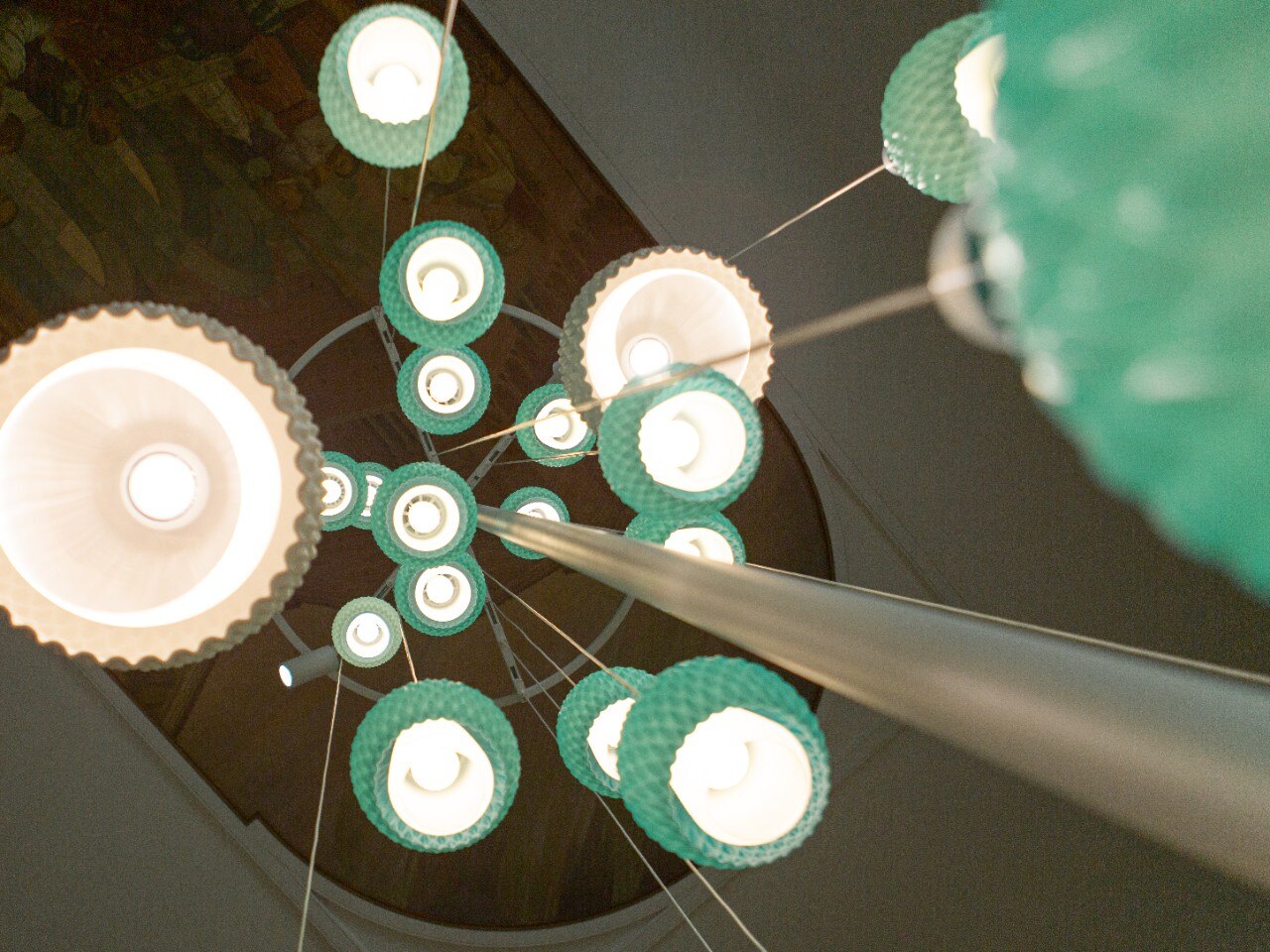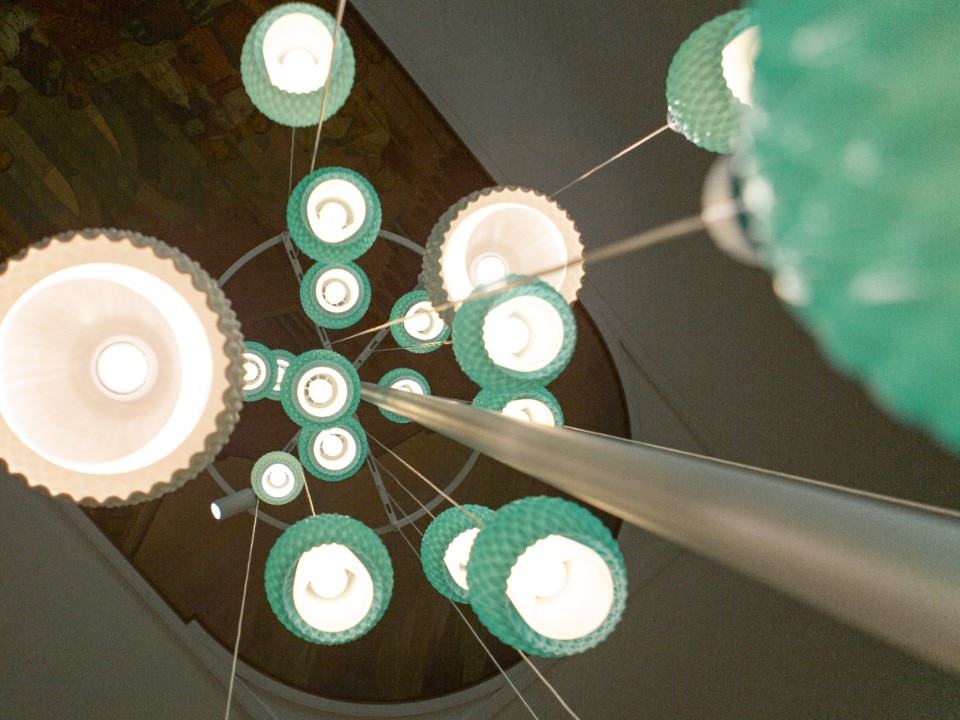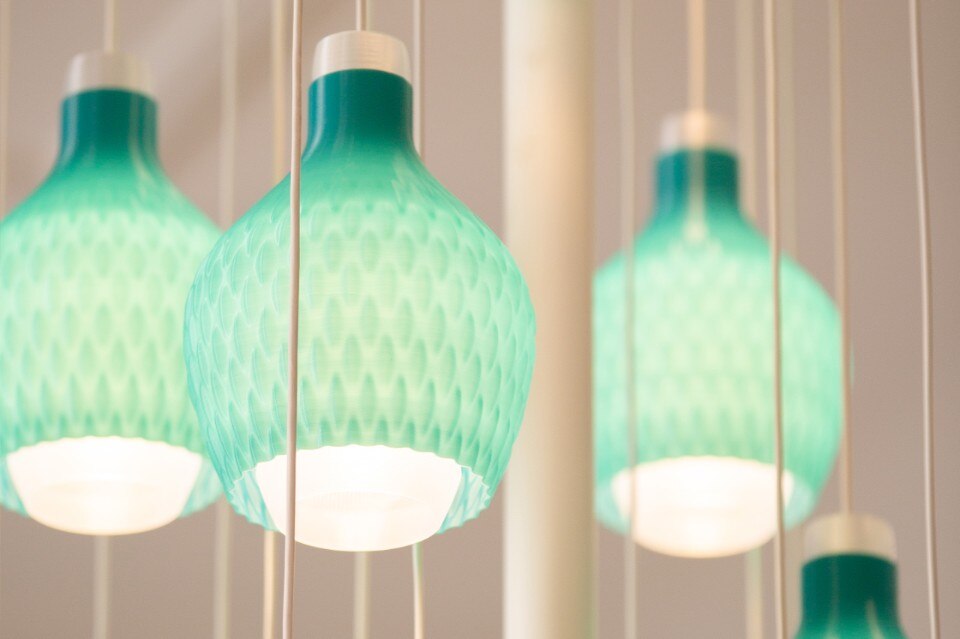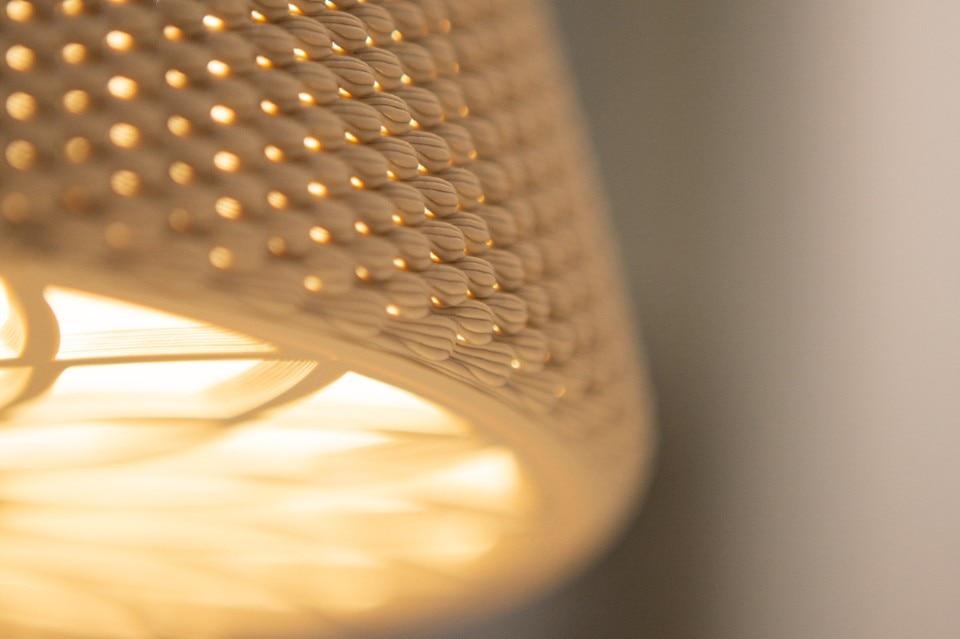The Milan Design Week is an essential event for the design industry, an event that is universally recognized at an international level: all the efforts of the furniture and industrial design industry are concentrated in just a few days. But that’s not all; more and more stakeholders, luxury houses, and even automotive brands take the field to present their collaborations with artists and designers. The Milan Design Week is a stage where the flow of consumers and professionals get together seamlessly.
“In Italy, we are not on the retail market yet, which is why we decided to oversee and sign a project within the Design Week,” explains Stefano Magni, Integrated Marcomm Director at Signify, a company specialized in lighting in the consumer and commercial industries. “For this event, we presented ‘Coastal Breeze,’ a collection of lamps created from waste materials and hosted as part of Masterly – The Dutch at Palazzo Giureconsulti.”
3D printing is at the heart of the project, a precious technological application that answers the sustainability needs of lightning. Signify works in 74 countries, has been carbon neutral since 2020, and works towards reducing the environmental impact in line with the ONU guidelines. Magni explains that “the company has made sustainability of environment, but also of the economy and the society, its strong point. The program ‘Brighter Lives, Better World’ defines the objectives of sustainable development, the so-called SDGs, and in this scenario, 3D represents the icing on the cake that enriches the conversation and the business approach in the name of an ideal that the company is pursuing: ‘no one has to be left aside’, in other words, a type of development that highlights differences.”
Looking at the relationship between light and energy efficiency in urban areas, the numbers help us frame the situation: replacing streetlights with LED lights will save us 41GWh. Magni explains that “If we take a smaller urban area into consideration instead, the benefits in terms of CO2 reduction can be compared to those produced by a forest as big as 147 soccer fields. And if we broaden our vision to a European scale and we could ideally intervene with a series of products that allow remote, connected LED lighting in all warehouses and big logistics hubs, we could have five or six points of savings: significant figures.
In this scenario, 3D printing has some benefits. First of all, it could be the answer to sustainability and efficiency challenges but also to the needs of different levels of customization, element of interest for the companies that choose to connotate their lighting products. “3D printing guarantees the high-quality of the lighting source and makes numerous designs possible thanks to its versatility while remaining green. Shape, dimension, and materials can be customized as needed. Moreover, this technology contributes to support a circular economy and reduce CO2 emissions up to the 76%,” concludes Magni, stressing that among the benefits there is also the opportunity to reduce waste materials, with the end goal of reducing production waste to zero. “Fewer components means shorter installation time and fewer costs: less energy is used during the transportation phases, and the possibility of modifying the aspect of the lamp, at the end of its life cycle but not only, are easy and nearly endless.”









